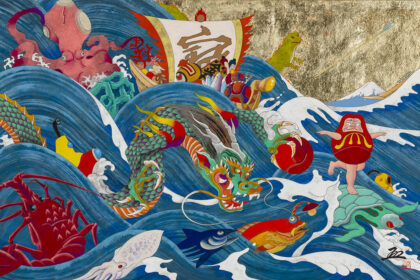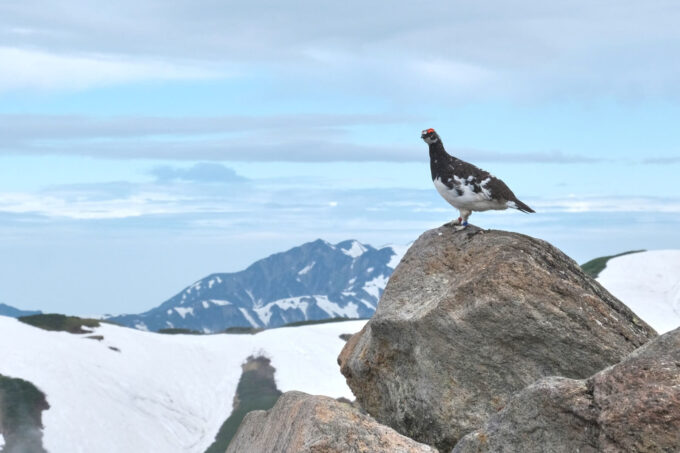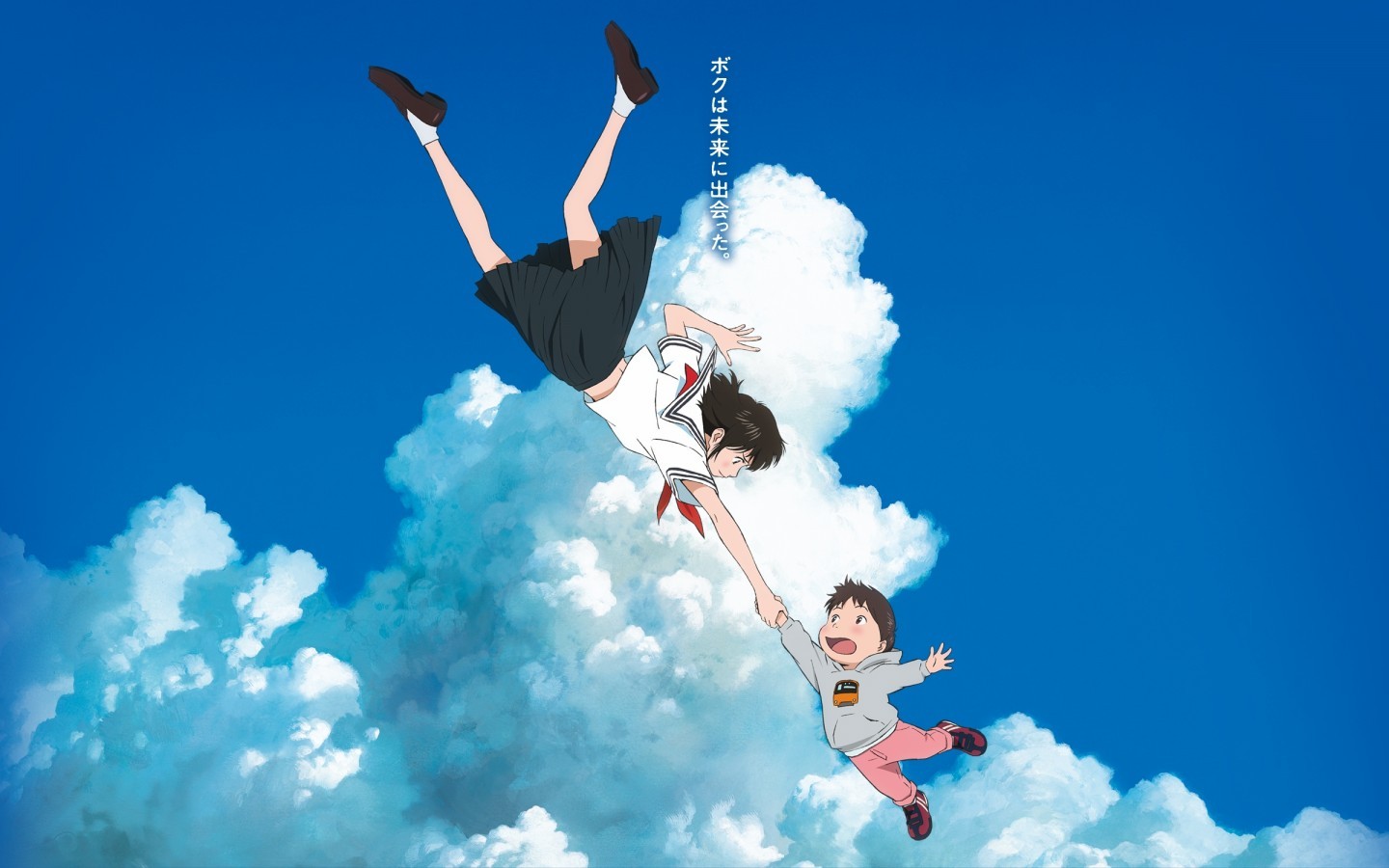
A native of Toyama Prefecture, Hosoda Mamoru / 細田 守 was born in the small town of Kamiichi, just outside Toyama City, in September 1967. Like many Japanese children, Hosoda loved animation from a young age. Inspired by Miyazaki Hayao’s ‘The Castle of Cagliostro’, he declared his intention to be an anime director at the age of 12 and his passion of film and animation grew through his teenage years. Upon completion of his schooling, Hosoda enrolled to study oil painting at Kanazawa College of Art.
-- The Films of Hosoda Mamoru: Visit the Real Life Locations
-- Tour the Locations Featured in His Works
THE LIFE OF HOSODA MAMORU
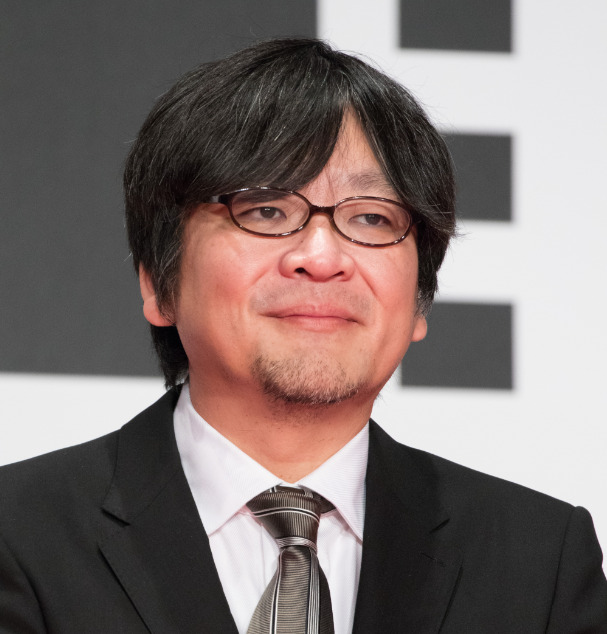
After graduation from university, Hosoda applied for a position with Japan’s most famous and successful animation company, Studio Ghibli. Hosoda was unsuccessful in his application however received a personal letter of praise from the company’s co-founder and one of his icons, Miyazaki Hayao.
No doubt disheartening to be unsuccessful in obtaining work with Studio Ghibli, Hosoda submitted a short animated he had created himself to another leading studio, Toei Animation, and this time was successful in obtaining a position. Launching himself into his new career, Hosoda worked diligently and made a name for himself at Toei.
Early Recognition
Hosoda’s profile in the public consciousness emerged through the early 2000s with his work on the first two films of the ‘Digimon Adventure’ series. Originally intended to be a series of short films, Hosoda was next tasked with editing and cutting the individual shorts into a feature film. As such, the film was disjointed however demonstrated his ability to craft beautiful animation that struck accord with audiences and provided Hosoda with this first credit as director of a feature film.
Following the positive reception to the film, Studio Ghibli offered Hosoda the opportunity to direct their next feature, ‘Howl’s Moving Castle’. Scheduled for release in 2003, differences between Hosoda’s vision for the film and what the studio wanted quickly emerged, leading him to leave the project in the summer of 2002. Hosoda returned to Toei where he collaborated with Japanese artist Murakami Takashi in producing short animations for Louis Vuitton, before again leaving Toei to join animation studio Madhouse.
Popularity & Acclaim
At Madhouse, Hosoda undertook direction of the films that would bring he acclaim and broad popularity, starting with ‘The Girl Who Leapt Through Time’ in 2006 followed by ‘Summer Wars’ in 2010. Both films won the Japan Academy Prize for Animation of the Year, in 2007 and 2010 respectively.
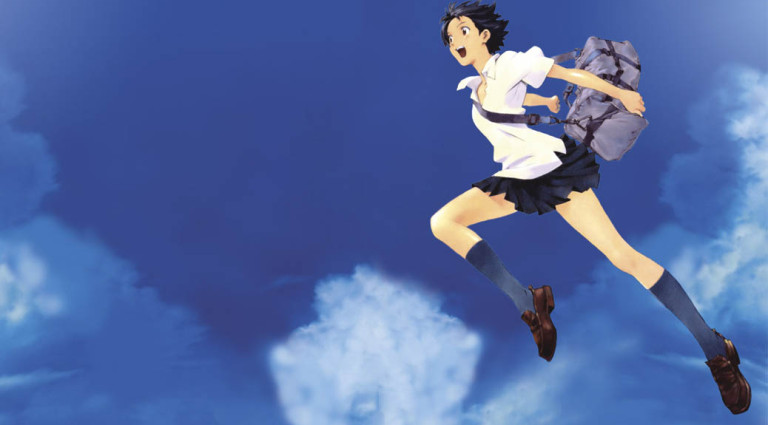
With his reputation now firmly established with both audiences and critics, Hosoda left Madhouse in 2011 and founded his own company, Studio Chizu with fellow animator Saito Yuichiro. To date, Hosoda has released three feature films through his studio – ‘Wolf Children’ in 2012, ‘The Boy and the Beast’ in 2015, and ‘Mirai’ in 2019.
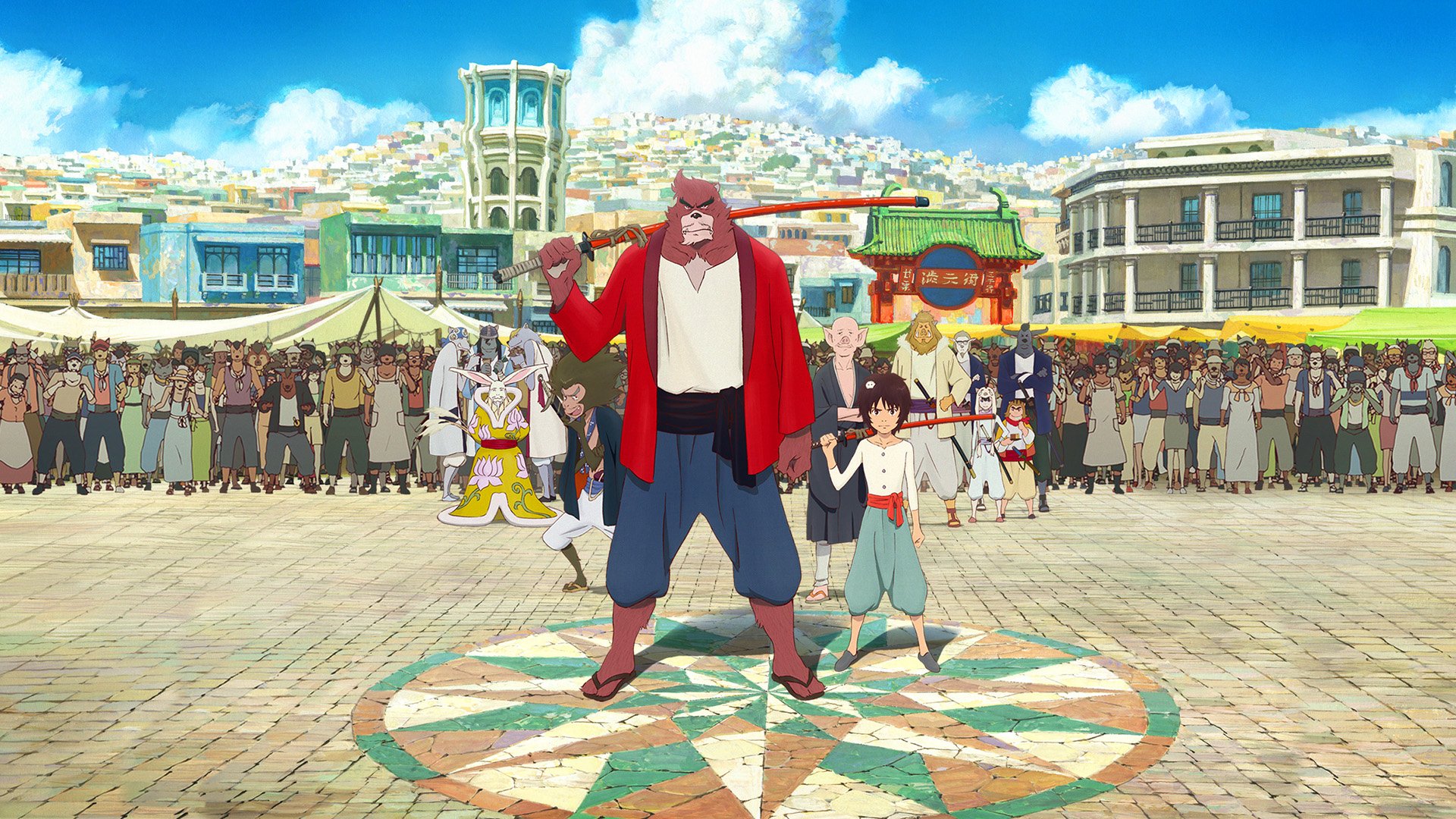
The film is centred around 4- year old Kun, who embarks on a series of fantastical adventures in a seemingly simple story but one that resonant with audiences and critics alike, ultimately nominated for Best Animated Feature at the 2019 Academy Awards; and in doing so, elevating Hosoda Mamoru’s profile the global stage as one of Japan’s most talented animators.
THE FILMS OF HOSODA MAMORU: VISIT THE REAL-LIFE LOCATIONS
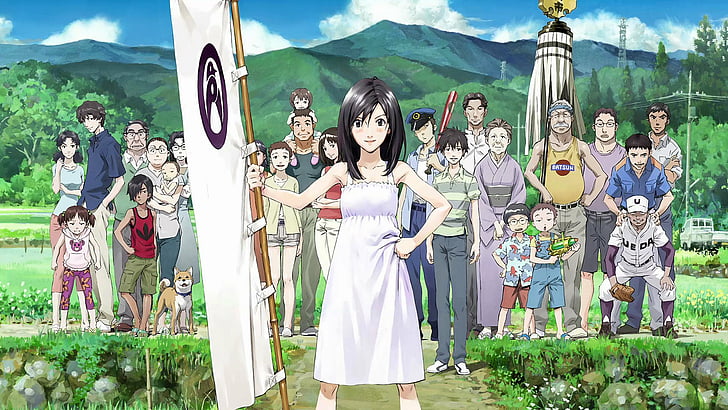
Recognised as one of the most talented animators in Japan today, the films of Hosoda Mamoru are known for their beautiful rendering, dynamic stories, heart-warming themes, family-orientated messaging and downright fun. Often blending the mundane with the fantastical and elements of science-fiction, his films appeal to a broad audience. Born and raised in Toyama, many of Hosoda’s films include scenes in real-life locations in Central Japan that can be easily visited, starting with:
THE GIRL WHO LEAPT THROUGH TIME
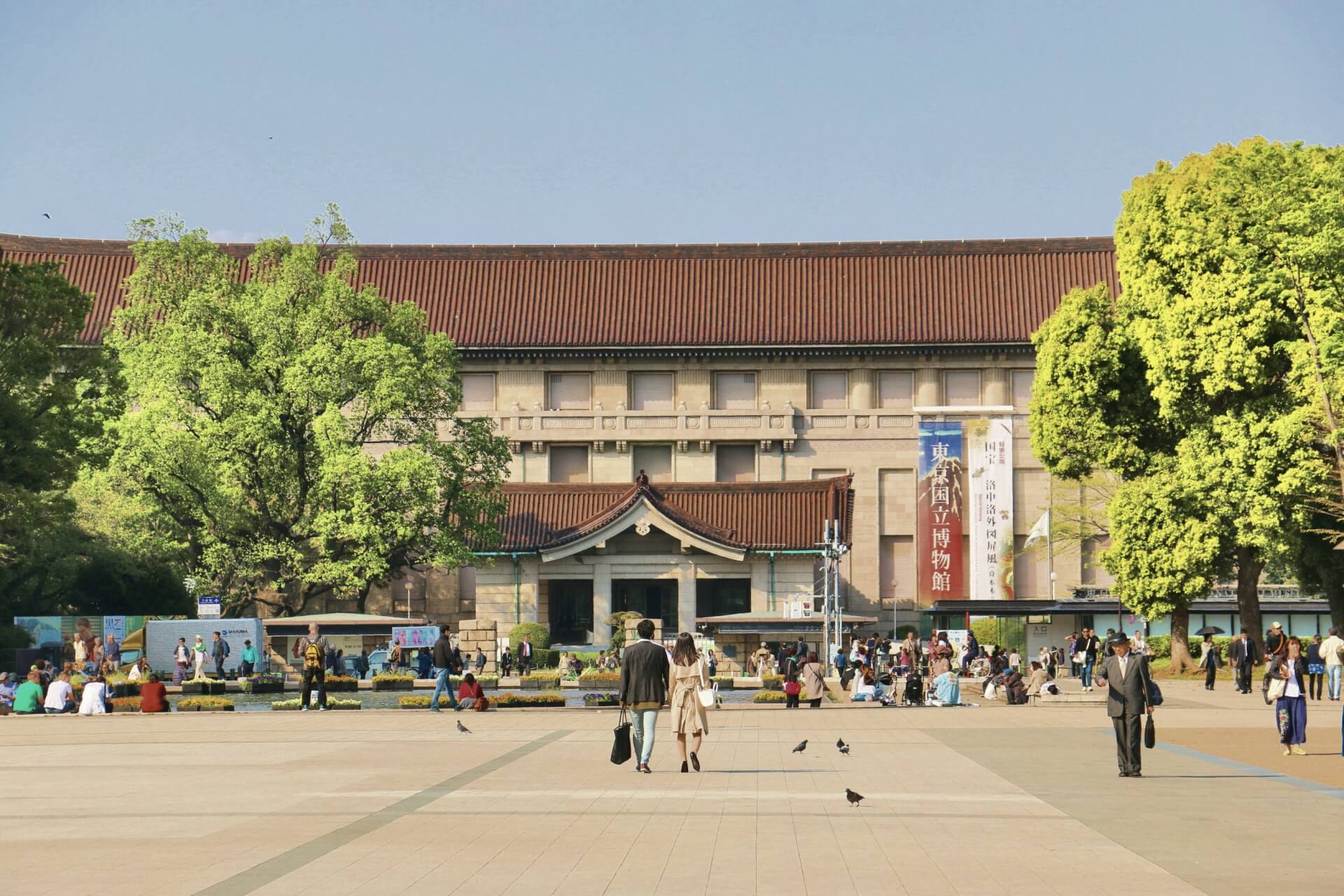
Released in 2006, ‘The Girl Who Leapt Through Time’ focuses on second year high school students Makoto and Kosuke, and a boy named Chiaki. After gaining power to time travel, the protagonists embark on an adventure that sees them leaping through time to resolve seemingly small, daily challenges but in doing, reach important realisations.
The film is largely set around Tokyo, with real-life locations including the Tokyo National Museum. Located nearby Ueno Station, the museum is one of Tokyo’s most popular destinations and is very easy to recognise.
SUMMER WARS
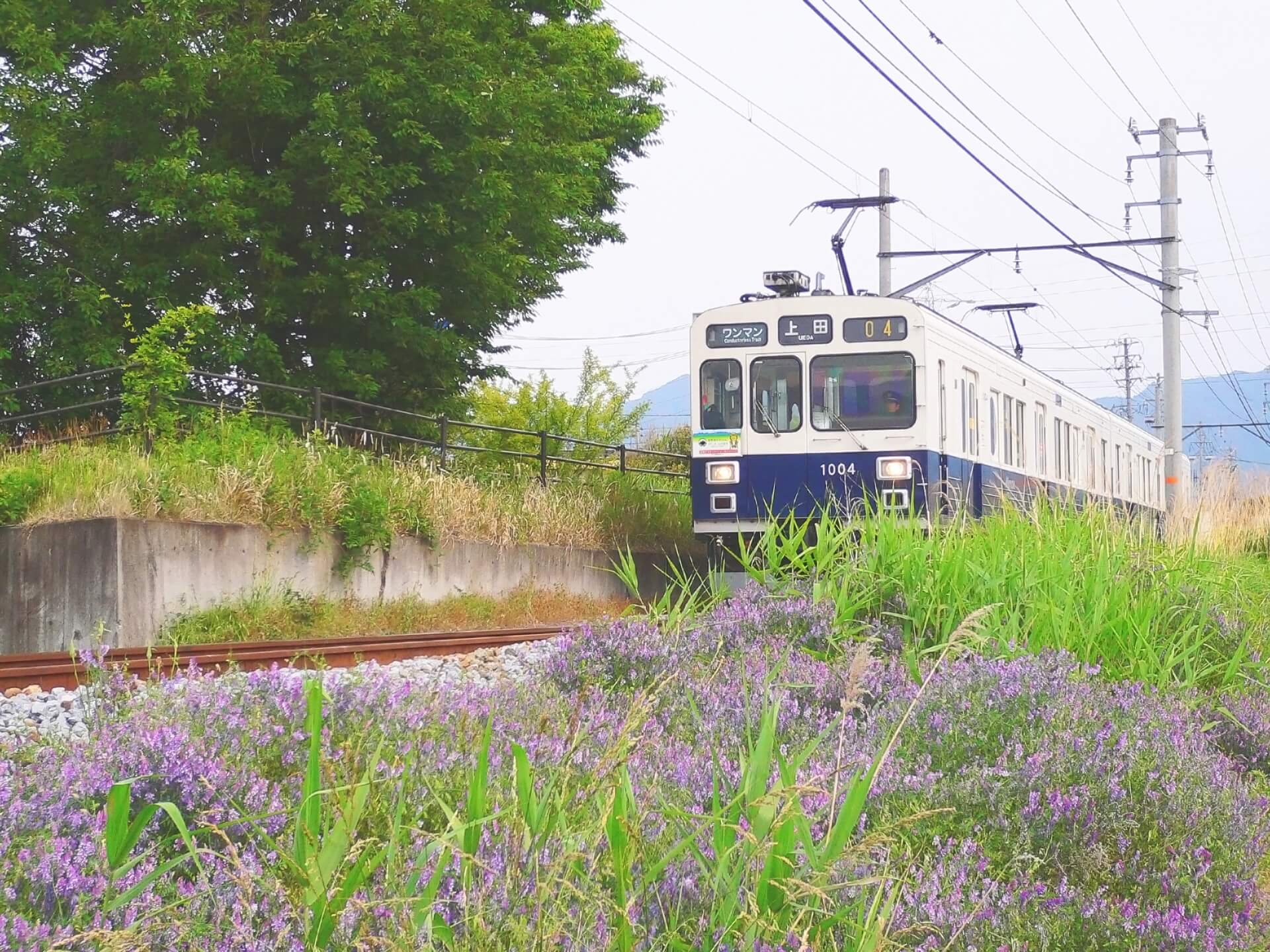
Centred around 17-year old Kenji and his work-mate Natsuki, ‘Summer Wars’ includes pivotal scenes in Natsuki’s hometown of Ueda. In the film, Kenji and Natsuki travel to Ueda using the ‘shinkansen’ (Bullet Train) and then ride the local Ueda Railway Bessho Line. While the train in the film is bound for Kakuma Onsen, the real-life train takes you a Bessho Onsen, one of Central Japan’s most famous hot spring towns and great option for any visitors wanting to enjoy a traditional guesthouse and Japan’s renowned ‘onsen’ (hot spring) culture.
Traveling to the Jinnouchi residence, a historic gate inspired by the Higashi Koguchiyagura Gate in Ueda Castle Ruins Park can be seen. Both the train and park can be enjoyed by visitors anytime of the year.
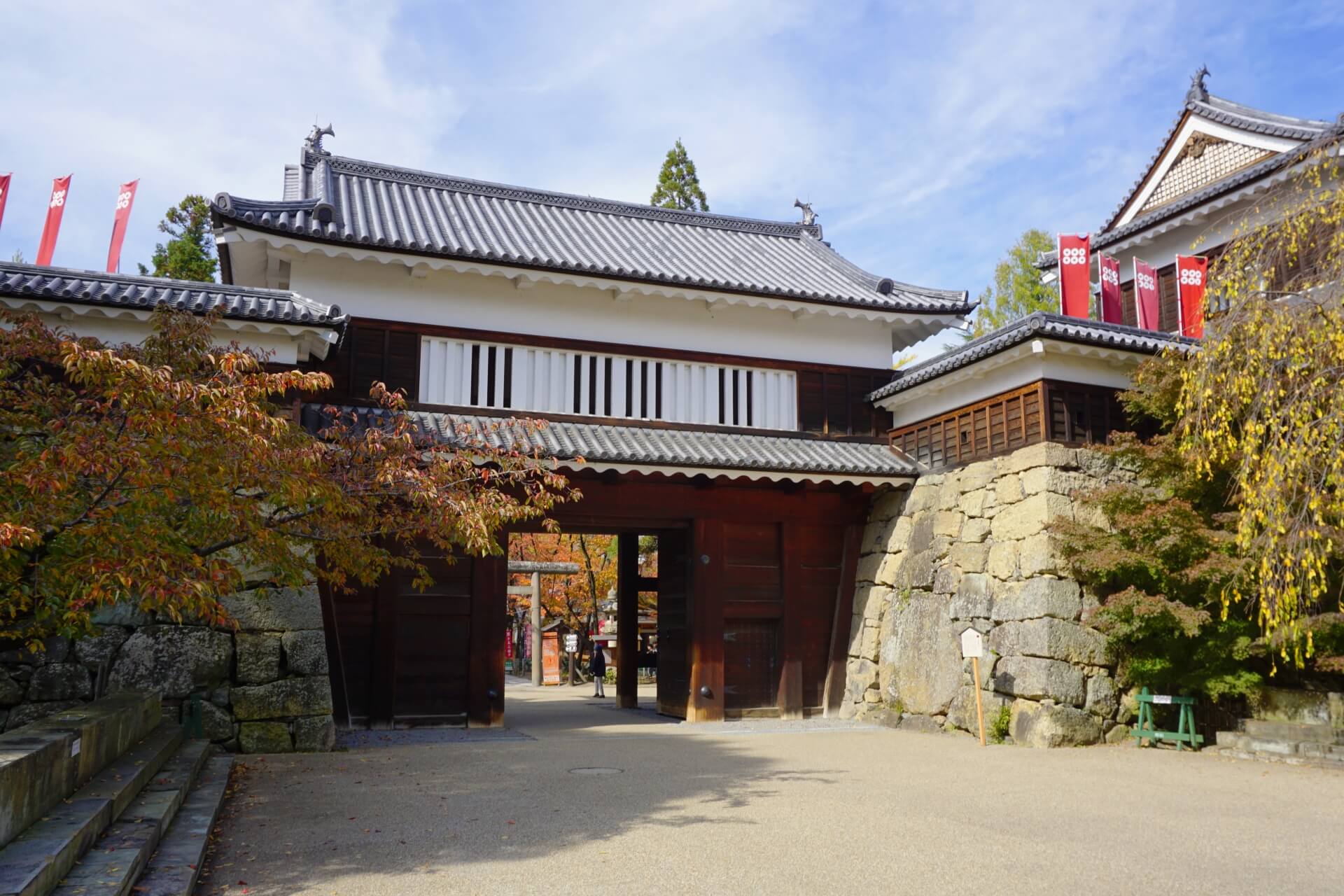
A convenient stop on the Hokuriku Shinkansen line running from Tokyo to Kanazawa, the castle park and gate are only a short walk from Ueda Station.
WOLF CHILDREN
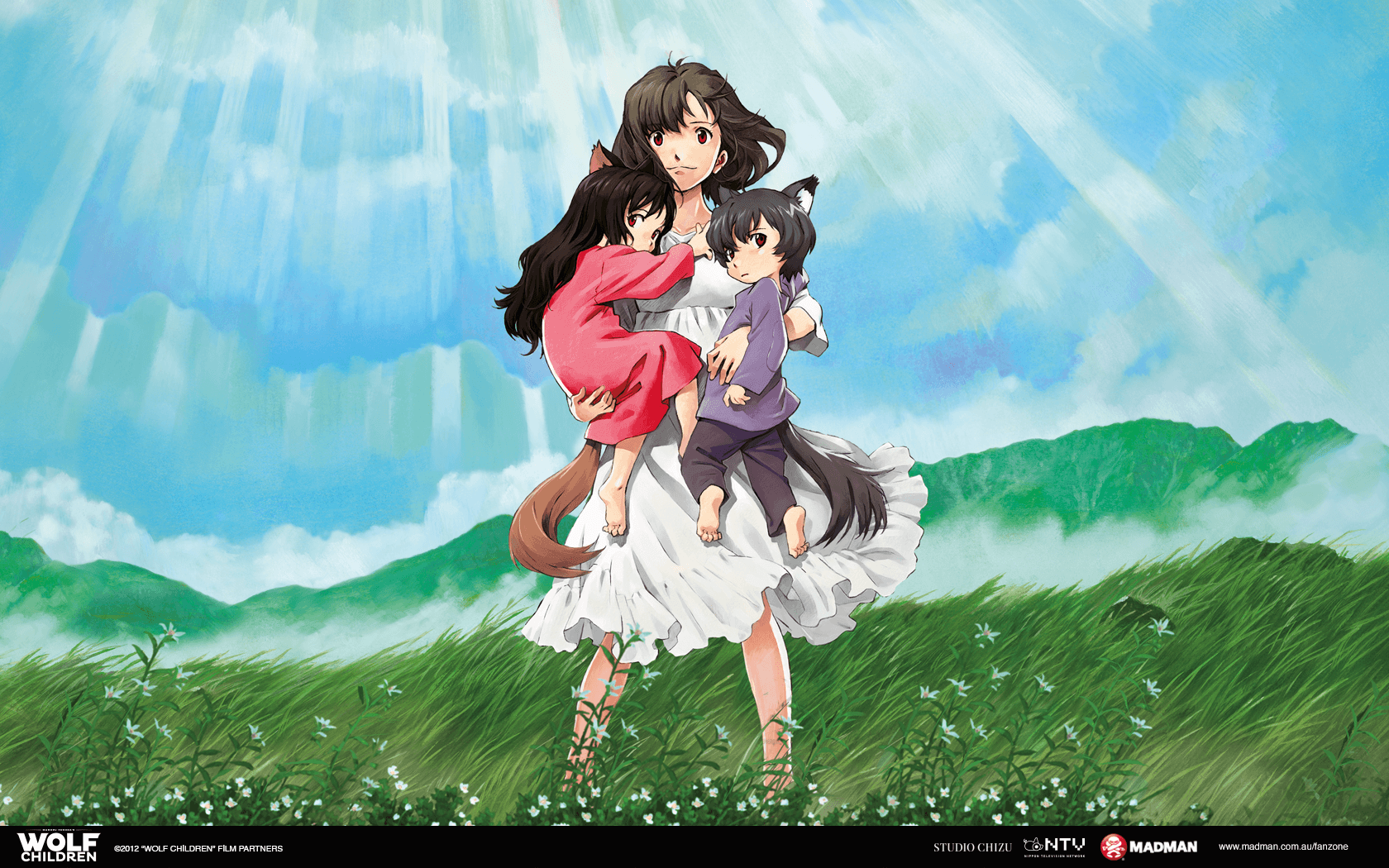
Considered by many to be Hosoda’s finest film, ‘Wolf Children’ tells the story of Hana, who falls in love with a werewolf, with whom she has two children. The untimely death of her husband leads Hana to move the family to a rural village, where her two children – who can transform between human and werewolf form – will decide whether to exist as one or the other.
Born and raised in Kamiichi, Toyama, Hosoda’s real-life hometown is the inspiration for the village in the film. While it is not a literal representation of his home, the rice fields and mountains seen in the film closely resemble the landscape of Kamiichi, while a traditional house named ‘Hana no Ie’ or ‘Hana’s House’, mimics the family home in the film.

Another scene see’s Hana’s son Ame, head into the Tateyama mountains. Considered one of Japan’s three scared mountains, Mount Tate or ‘Tateyama’ acts as the summit of the fabled Tateyama-Kurobe Alpine Route. Open from April to November each year, traversing the route using the alpine transports is one of Central Japan’s best experiences and once at the summit, Mikurigaike Pond lies within the plateau below the mountain peak. Fans of the film will immediately recognise the location where Ame encounters his ‘werefox’ teacher.
THE BOY AND THE BEAST
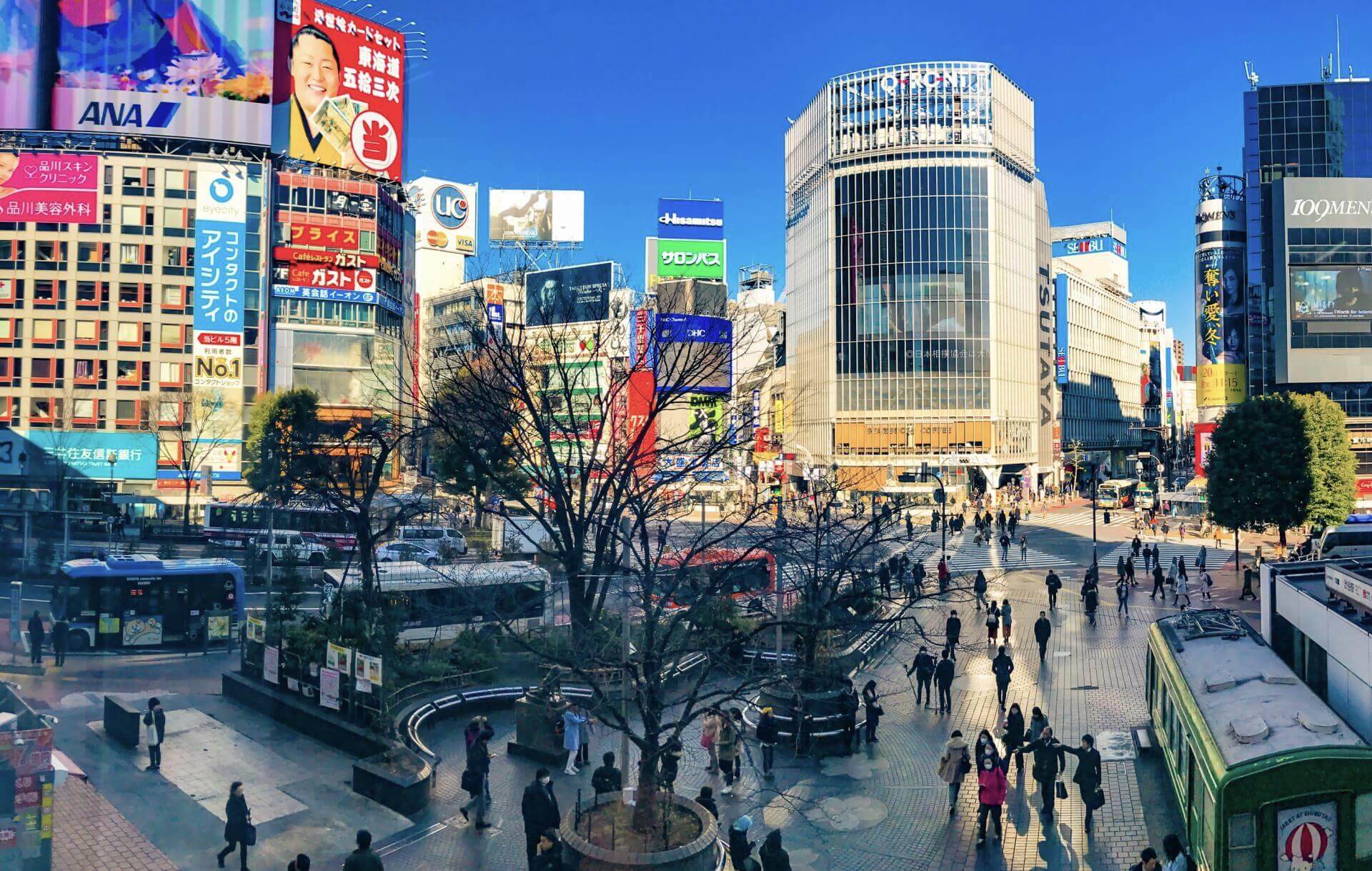
Another of Hosoda’s most popular films, ‘The Boy and the Beast’ revolves around Ren, who lives in the Shibuya district of Tokyo. Unhappy in this own life, Ren encounters a ‘beast kingdom’ populated by fantastic animals and monsters, and while there, is taken as the student of a monster named Kumatetsu.
While scenes in the monster world are fantastical, those in the human world are very much real including the instantly regonisable Hachiko Crossing in Shibuya. For many international visitors, this famous crossing will be instantly recongnisable before they even arrive in Japan and is immediately accessible from Shibuya Station.
TOUR THE LOCATIOSN FEATURED IN HIS WORKS
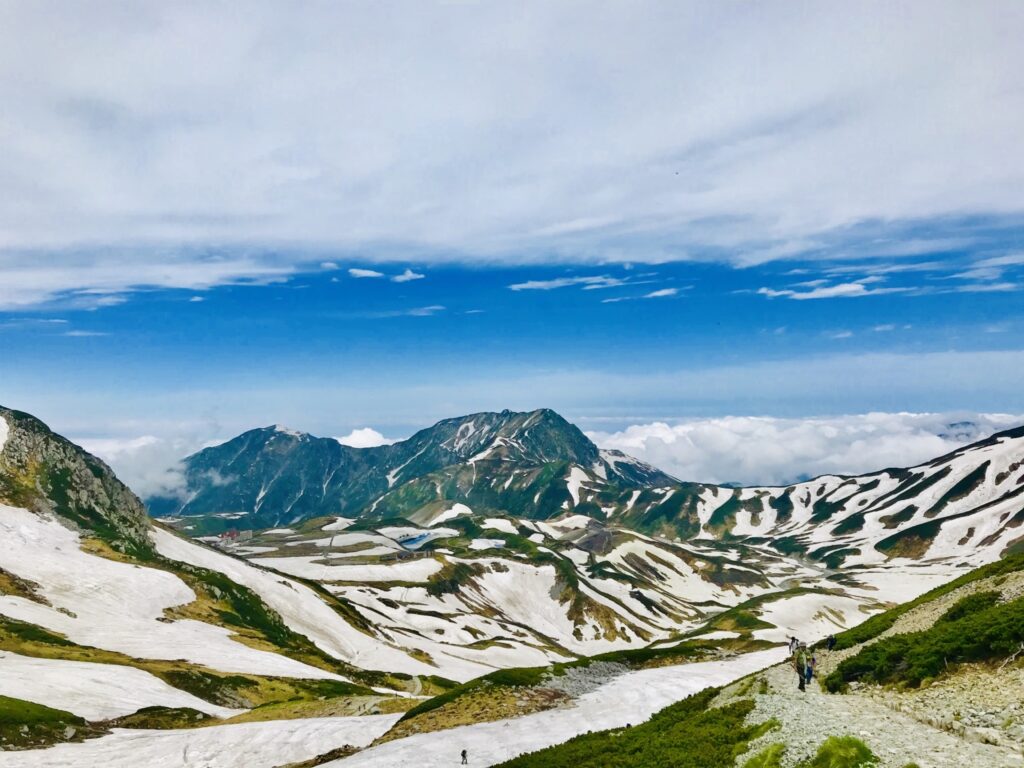
Hosoda draws a lot of inspiration from real places in Japan for his films, often using places that you can actually visit as the basis for his animation. While the 3d world may be a little different than what you see in animation, any fan will instantly recognize many of these locations and visiting them is a great way to immerse yourself in the world of Hosoda's films.
Recommended
1 Day Tour from Kanazawa or Toyama: Tateyama Alpine Route Snow Wall and Mysterious Valley
- Spots:
- Pick-up:
- Drop-off:
Ascending from the Toyama side (where Hosoda was born and raised), this tour will see you trek high into the Japanese Alps, towards the top of Mt. Tate (Tateyama). Hosoda would have spent much of his youth looking up at these very mountains, and this influence is most obvious in his film 'Wolf Children'. By visiting this alpine region yourself, you won't just be learning about Hosoda's life - you will be gaining your own inspiration in a way that only unspoiled nature can offer.
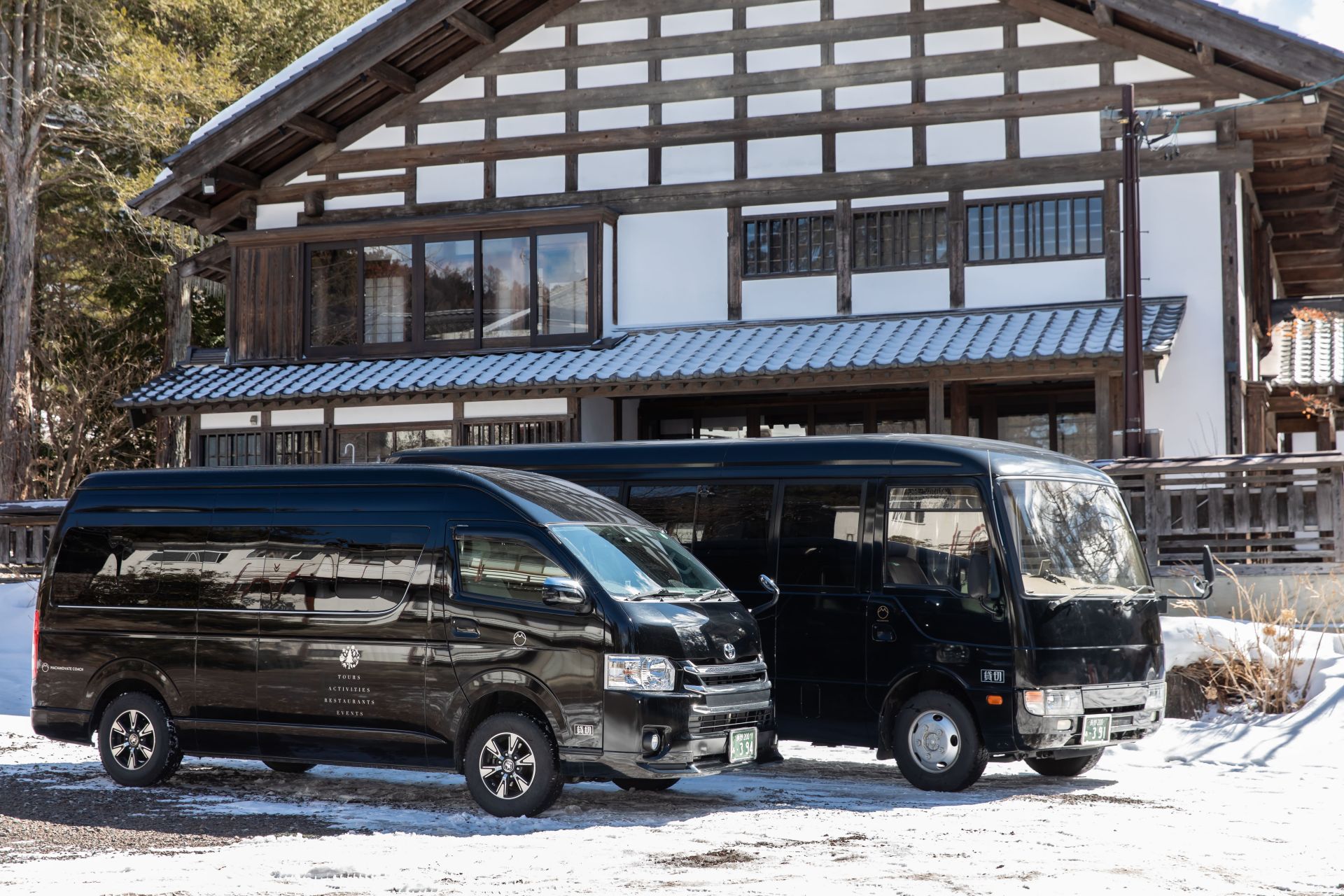
For a more personalized experience, private charters are also available. We can pick you up from a location of your choice anywhere in Central Japan, and bring you to your preferred destination. Airport pickup from Tokyo or Nagoya, even Osaka, is also possible. Our services may be used for taking day trips that include a few hard to reach destinations as well, removing the hassle of using often infrequent public transport options. Visiting places such as Ueda, where 'Summer Wars' is set, is simple if you book with us. A guide can be requested for an additional fee to turn the day into a completely private tour, where you decide the itinerary and our guides show you around in a timely and engaging manner. For more information concerning pricing and availability, please see here.














